Innovation 2.0
According to Mr. Michael Kokalari - Director of the Macroeconomic Analysis and Market Research Department of VinaCapital, Vietnam's comprehensive reform (Doi Moi 2.0) is changing the state from "running and lining up" to "straight lines, clear paths, unanimous progress".
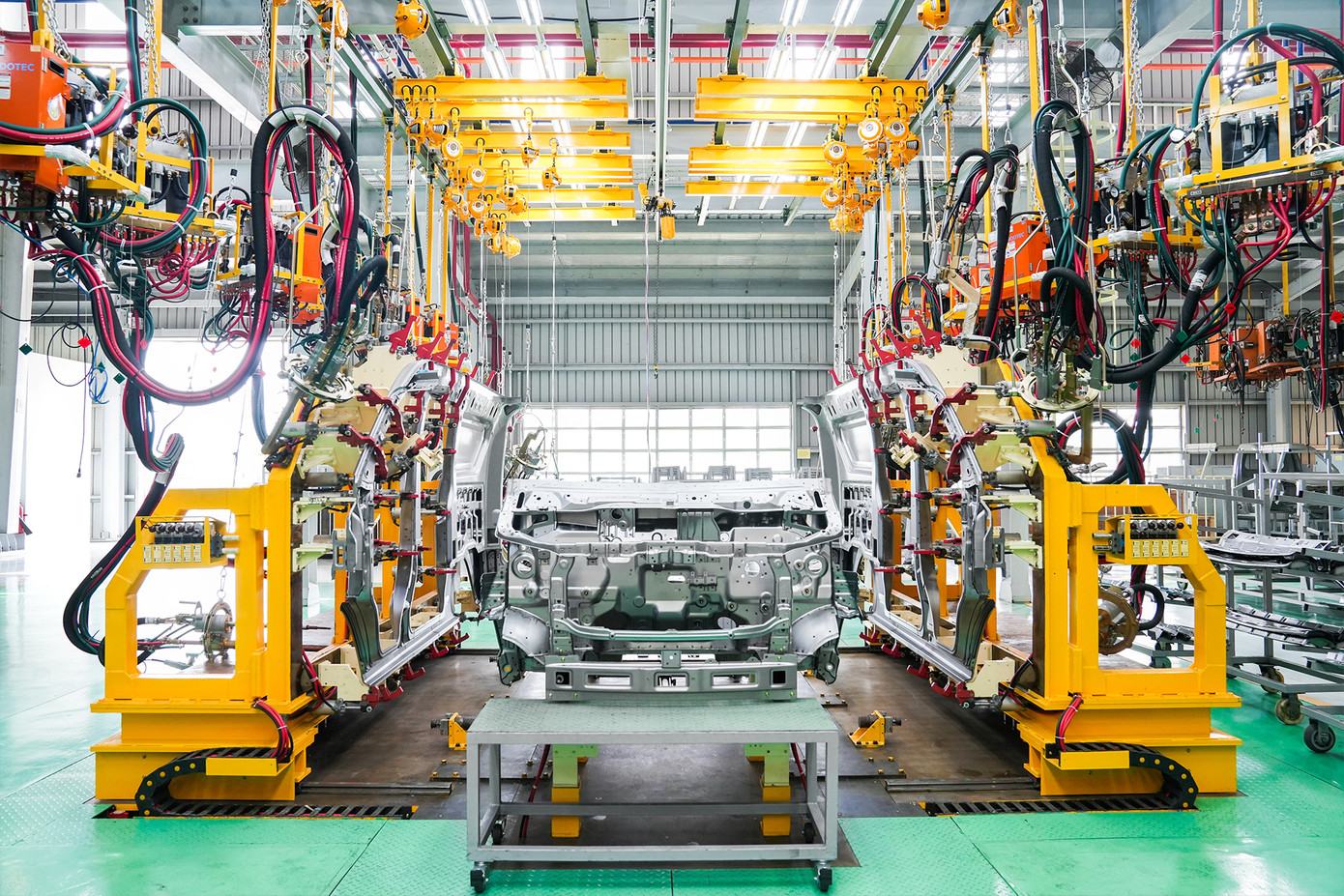
Mr. Michael Kokalari said that most of the policy reforms focus on four main pillars. Specifically, Resolution 57 ( science and technology), Resolution 59 (deeper integration into high-value global supply chains), Resolution 66 (eliminating overlapping regulations by the end of 2025 and digitizing a transparent legal framework by 2030), Resolution 68 (the private sector becomes the most important driving force of the economy, with the goal of reaching 2 million enterprises and at least 20 key national corporations).
“Among the resolutions that have been issued, Resolution 68 has attracted the most attention, partly due to the increase in stock prices of enterprises that are believed to benefit from the Government ’s policies. The market expects many new beneficiaries to emerge as the Government implements its strategy to promote private sector growth through the implementation of Resolution 68,” said Mr. Michael Kokalari.
Resolution 68's private sector development strategy is two-pronged, including developing 20 "key national enterprises" and promoting strong growth of small and medium-sized enterprises.
First, the Government aims to double the number of small and medium-sized enterprises in Vietnam from 1 million to 2 million by 2030, through supporting the development of the small and medium-sized enterprise sector and converting individual business households into enterprises.
The second is the strategy of developing 20 large enterprises following the chaebol model, with deep links to the global supply chain, which has many similarities with South Korea's economic promotion policy in the 1970s.
In Korea, businesses in priority sectors enjoy incentives such as preferential credit from state-owned banks, tax exemptions, market protection from competition from foreign companies, and support in accessing international strategic partners.
In Vietnam, the government is also gradually supporting businesses to promote economic growth and develop national infrastructure, albeit using more indirect support mechanisms than South Korea did in the 1970s.
Many major policies
Public investment disbursement has increased by more than 40% this year. In June, the National Assembly approved a plan to reform the local government system, reducing the number of provinces and cities from 63 to 34. The streamlining of the state apparatus, which took effect on July 1, shows the rapid pace of reform by the Government.
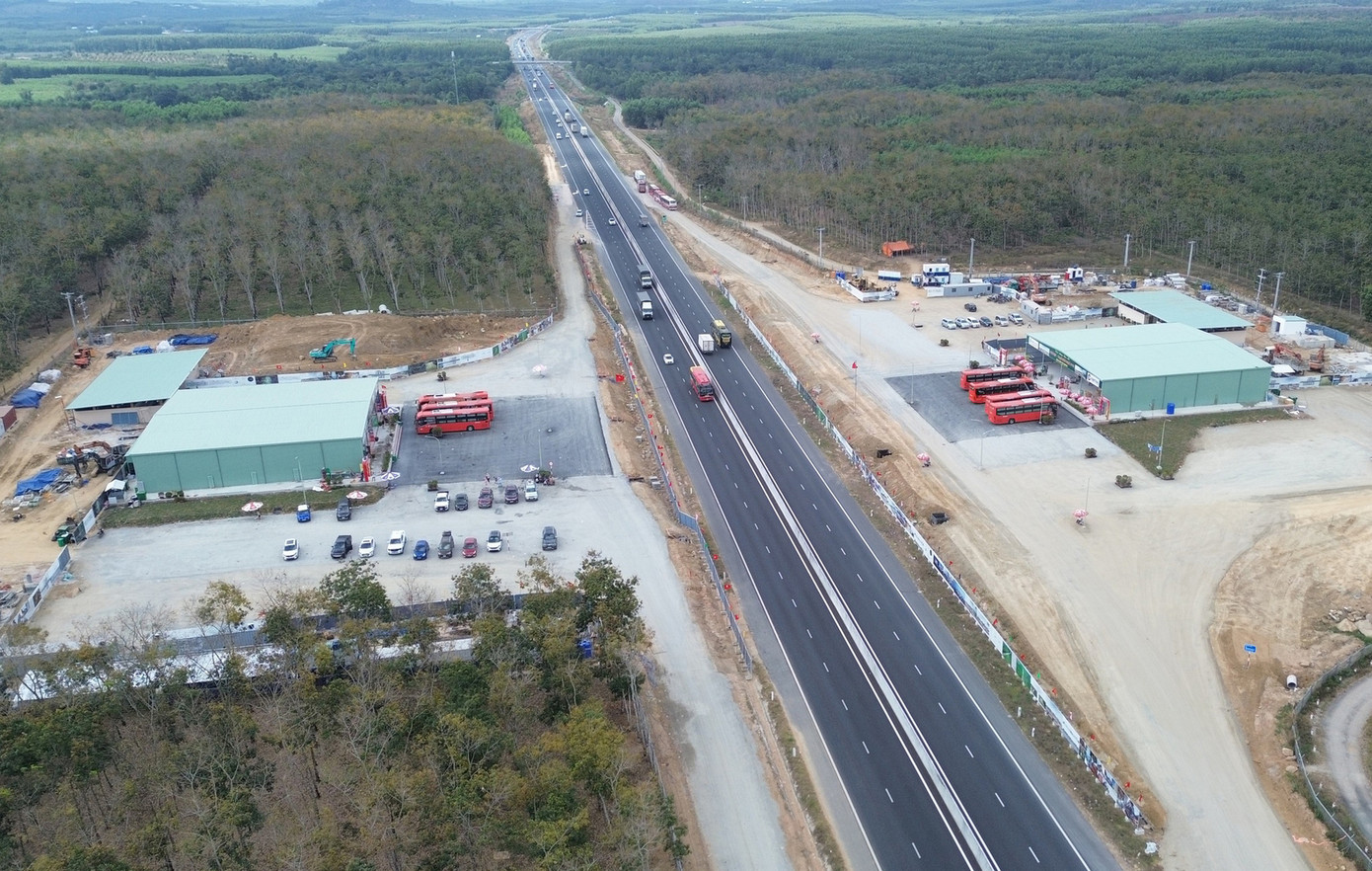
This month, Ho Chi Minh City launched a pilot policy that exempts more than 55,000 individual housing projects from construction permits, instead requiring only simple construction notification to local authorities. This policy, along with recently issued proposals to amend the Land Law, aims to address the housing shortage and backlog issues in the real estate market. Additionally, in July, a Technology Steering Committee was established to promote technology development in key areas.
“These measures are just a few examples of the series of reforms that have begun over the past year. Other notable initiatives include the $67 billion North-South High-Speed Railway, which is expected to start construction in 2027, and a government-led effort since July to restart some 2,900 stalled large-scale infrastructure projects. Many other important measures are also underway,” said Michael Kokalari.

Da Nang promotes the development of high-quality human resources in the new era

What should Hai Phong do to develop rapidly in the new era?

Building a prosperous country in the new era

Prime Minister Pham Minh Chinh sends message to youth to carry out '3 pioneers', '6 focuses' with the country into the new era
Source: https://tienphong.vn/viet-nam-dang-chuyen-tu-vua-chay-vua-xep-hang-sang-hang-thang-loi-thong-dong-long-cung-tien-post1765778.tpo


![[Photo] Parade to celebrate the 50th anniversary of Laos' National Day](/_next/image?url=https%3A%2F%2Fvphoto.vietnam.vn%2Fthumb%2F1200x675%2Fvietnam%2Fresource%2FIMAGE%2F2025%2F12%2F02%2F1764691918289_ndo_br_0-jpg.webp&w=3840&q=75)





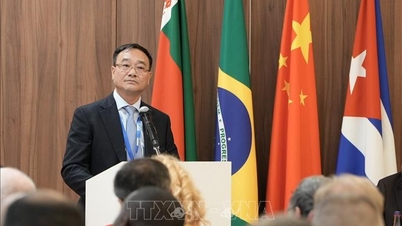

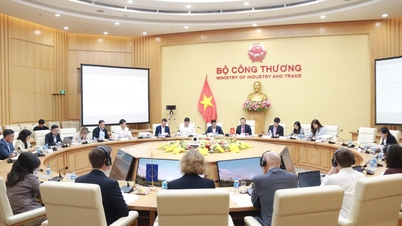






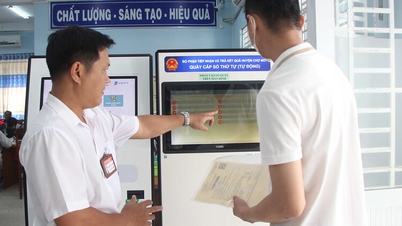











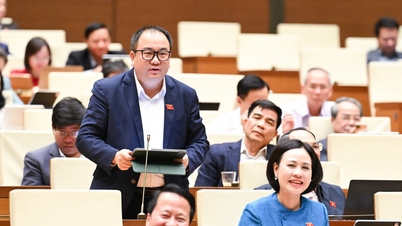





![[Photo] Worshiping the Tuyet Son statue - a nearly 400-year-old treasure at Keo Pagoda](/_next/image?url=https%3A%2F%2Fvphoto.vietnam.vn%2Fthumb%2F1200x675%2Fvietnam%2Fresource%2FIMAGE%2F2025%2F12%2F02%2F1764679323086_ndo_br_tempimageomw0hi-4884-jpg.webp&w=3840&q=75)



















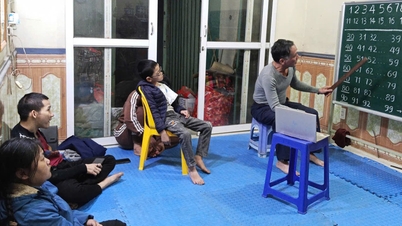


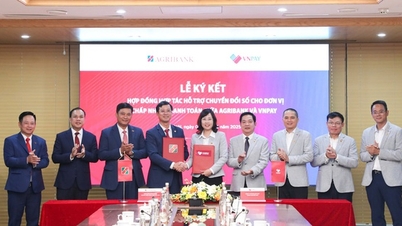



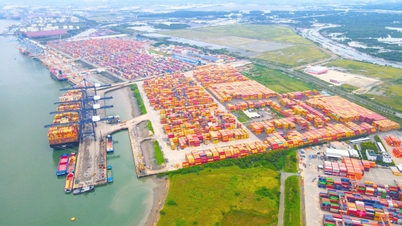














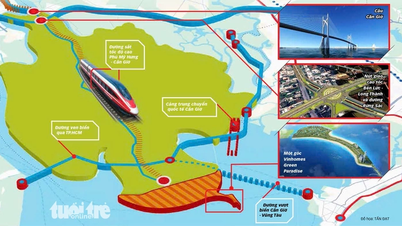
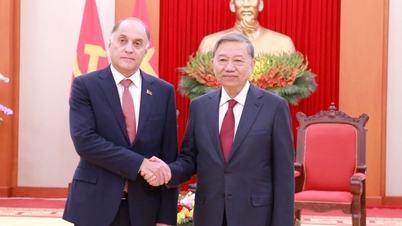

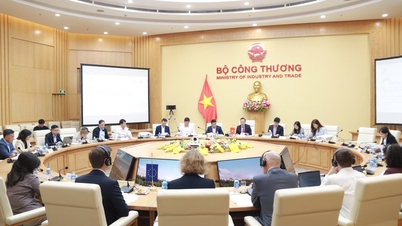

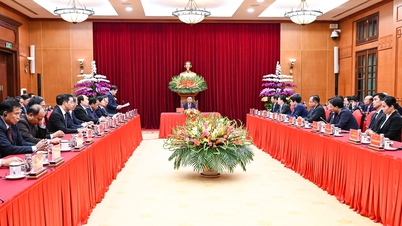

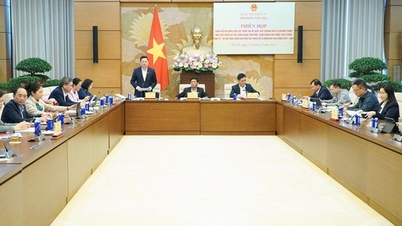










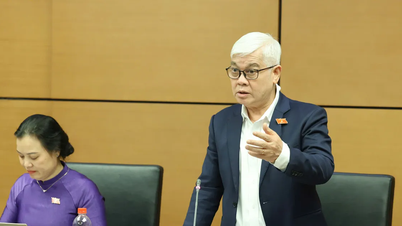
















Comment (0)